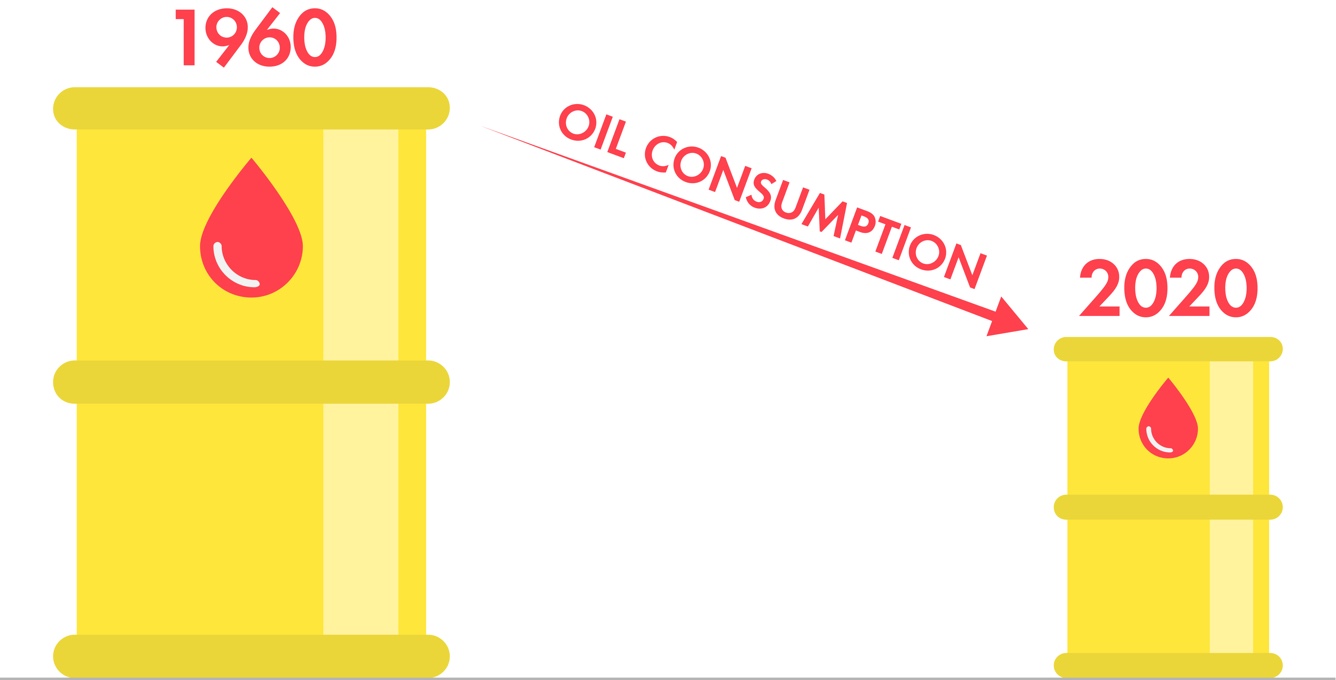One way to look at this could be to shift towards being more ‘customer-centric.’ To achieve this, some players in the industry could consider a model where they provide services beyond just selling the molecule, or traditional products like oil, such as integrating with connected ecosystems in cars.
Customer Centricity is the most important link in this transformation process. Companies need to build a more in-depth understanding of the ultimate customer of their product in addition to the intermediaries in the supply chain servicing those customers. A good place to start is by creating a customer data strategy to understand the ever-evolving needs and expectations of the customer. By creating that visibility and having access to that information, businesses can begin to make inroads into truly serving their customers from end to end and creating customer loyalty.
Energy companies can learn from some retailers, for example, and their missteps during the past decade in not shifting to online sales and a customer-centric model and mindset. At that time, some of the more forward-thinking companies decided to take a closer look at their consumer base, made digital investments and worked towards building new business models that have delivered immense customer value.
While it is clear that public health and safety are driving the current narrative around COVID-19, over time it will be driven by companies who turned this crisis into an opportunity to adapt and thrive. To do this, a shift towards newer business models that are customer-focused is key.










